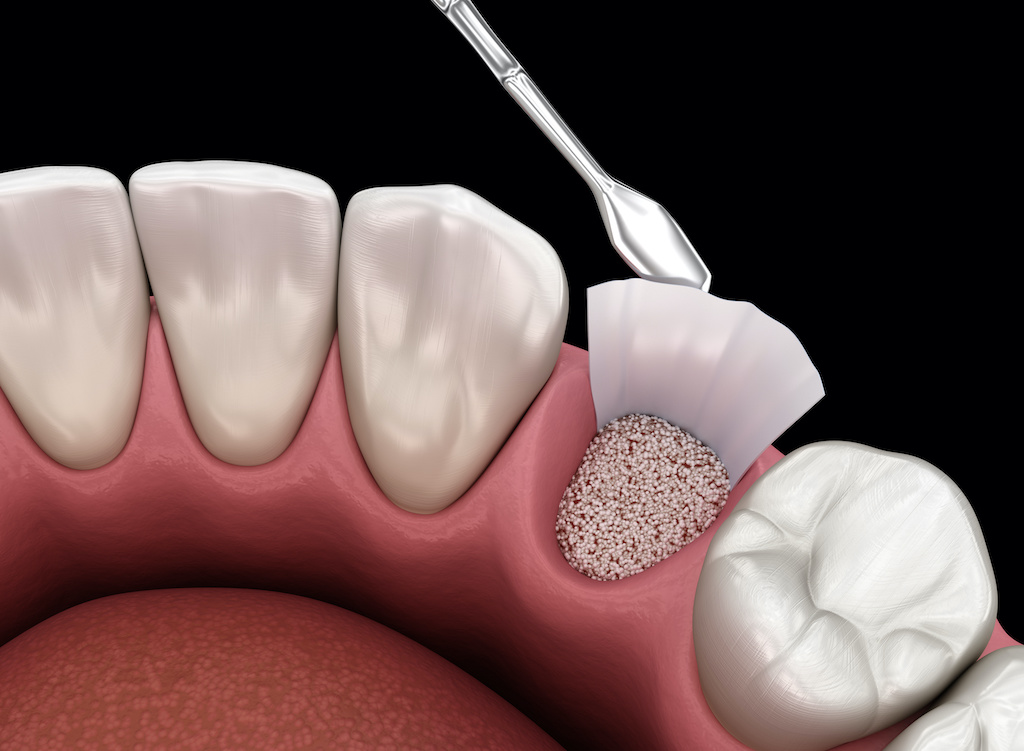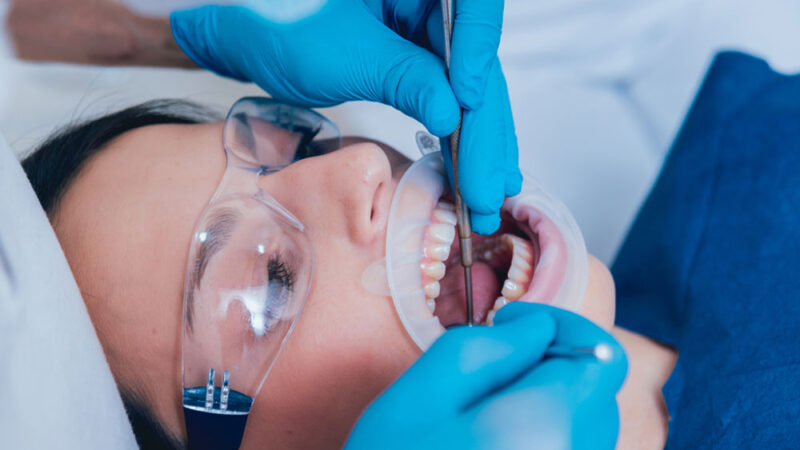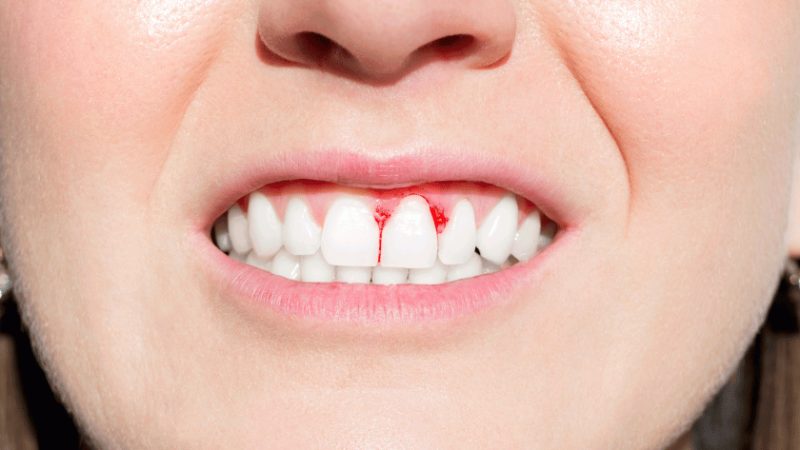What is the Procedure for Dental Bone Grafting?

Dental bone grafting is a surgery to enhance the quantity of bone in a portion of the jaw that has lost or requires more support. Bone fromother body parts can be surgically joined to existing bone in the jaw. Sometimes synthetic bone material is used. If further procedures like dental implants are required, or if bone loss compromises the health of nearby gums and teeth, a dental bone transplant may be required. Contact a dental practice in Powell, TN, to discover how dental bone grafts work, how the operation is performed, and what outcomes you might expect.
What is a dental bone graft?
There are numerous methods for performing dental bone grafting. Still, the core operation is the same: An oral surgeon or dentist creates an incision in the jaw and grafts (attach) additional bone material to the jaw. A dental bone transplant is often performed when a person has lost one or more adult teeth or has gum disease. Both of these disorders can result in jaw bone loss.
Using your bone from the hip, tibia, or rear of the jaw is recommended for dental bone grafting. This is referred to as an autograft. Autografts are often considered the “gold standard,” as they strengthen bony support in the jaw and encourage quicker healing and new bone growth.
Types of dental bone grafts
- Autografts
This procedure uses bone from your body, such as your hip or jaw.
- Allografts
This transplant makes use of bone from another individual, generally a corpse.
- Xenografts
This includes using bone from different species, such as a cow, pig, or coral.
- Alloplasts
It deals with synthetic materials like calcium phosphate and sodium phosphosilicate (Bioglass).
According to a 2019 study, we have not yet discovered the optimum bone restoration material. Still, potential bone graft materials based on cells, growth factors, and gene-modifying medications are on the horizon.
Implants for missing teeth
People with implants placed to replace lost teeth are regular candidates for dental bone transplants.
Dental implants are screw-shaped prosthetic roots that are inserted in the jawbone. The implant is then topped with a crown that matches the surrounding teeth.
To build a strong adequate foundation for an implant, bone grafting is usually necessary. In a 2016 study of almost 800 patients who got implants, more than half of the implant locations required bone grafting beforehand.
A dental bone graft that does not need bone from the patient’s own body is a minor procedure. You can learn more about this process by speaking with your dentist.







